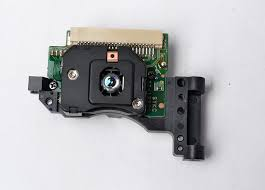Yes agreed!
There is an alternative, but its an expensive one ![]()
Some YT videos suggest the lens CD-DVD reader (the centrepiece in the picture below)

One can use the above lens if they have a damaged DVD player.
Apart from this, I’ll prefer that you should look for this laserlight lens which cost me Rs.60 (after alot of bargain. Eventually I was going to break it ![]() ).
).
Less than a $ it’ll cost us’all!
@ravi312 had come up with this interesting thread. Do give a visit ![]()